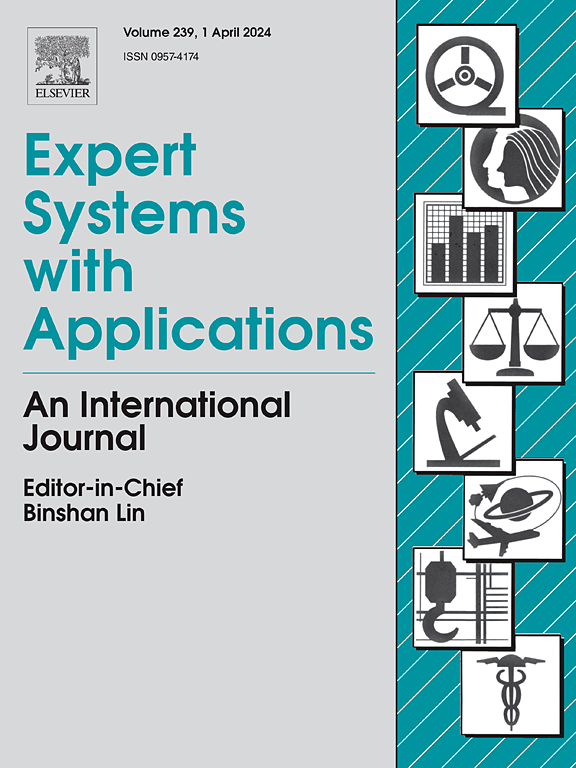CAMAF: Context-Aware Multimodal Alignment Framework for explainable lung disease risk stratification
IF 7.5
1区 计算机科学
Q1 COMPUTER SCIENCE, ARTIFICIAL INTELLIGENCE
引用次数: 0
Abstract
Lung disease remains a leading cause of morbidity and mortality worldwide, necessitating early and accurate risk stratification to improve patient outcomes. Existing approaches rely on either clinical data or imaging modalities independently, limiting their ability to capture the intricate interactions between structured and unstructured information. To overcome this limitation, we propose the Context-Aware Multimodal Alignment Framework (CAMAF), a novel AI-driven approach that dynamically integrates structured clinical data from the MIMIC-IV dataset and unstructured imaging data from the CheXpert dataset for context-aware and interpretable lung disease risk stratification. Unlike conventional multimodal fusion techniques, CAMAF introduces a Context-Gated Attention (CGA) mechanism, which adaptively aligns modality contributions based on patient-specific contexts. Additionally, CAMAF employs TabTransformer and Vision Transformer (ViT) for high-fidelity feature extraction and leverages a Transformer Encoder for enhanced multimodal fusion, ensuring superior predictive performance. Experimental results demonstrate the efficacy of CAMAF, achieving 92.78% accuracy and 0.9457 AUC-ROC, outperforming state-of-the-art machine learning baselines and traditional clinical risk scores (e.g., CURB-65, BODE Index). Robustness analysis highlights its ability to maintain performance under noisy and missing data conditions, while SHAP and Grad-CAM provide interpretable explanations for clinical decision-making. Despite its advantages, CAMAF faces challenges in handling rare pathologies, which can be addressed through data augmentation and transfer learning. This work establishes CAMAF as a novel, clinically viable AI framework, bridging the gap between multimodal data integration, interpretability, and real-world clinical applicability in lung disease risk stratification.
求助全文
约1分钟内获得全文
求助全文
来源期刊

Expert Systems with Applications
工程技术-工程:电子与电气
CiteScore
13.80
自引率
10.60%
发文量
2045
审稿时长
8.7 months
期刊介绍:
Expert Systems With Applications is an international journal dedicated to the exchange of information on expert and intelligent systems used globally in industry, government, and universities. The journal emphasizes original papers covering the design, development, testing, implementation, and management of these systems, offering practical guidelines. It spans various sectors such as finance, engineering, marketing, law, project management, information management, medicine, and more. The journal also welcomes papers on multi-agent systems, knowledge management, neural networks, knowledge discovery, data mining, and other related areas, excluding applications to military/defense systems.
 求助内容:
求助内容: 应助结果提醒方式:
应助结果提醒方式:


